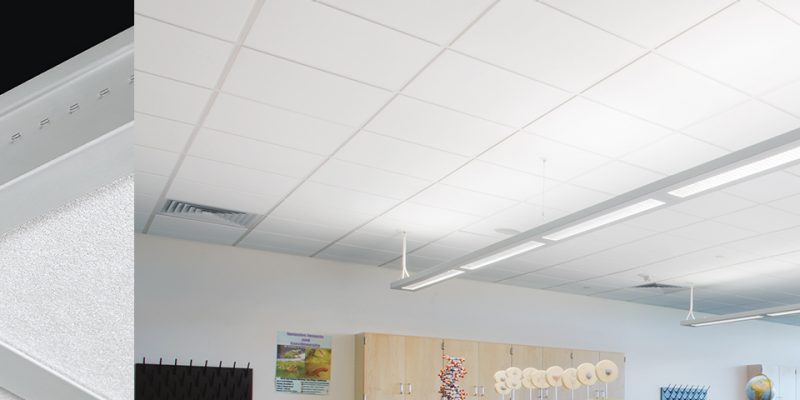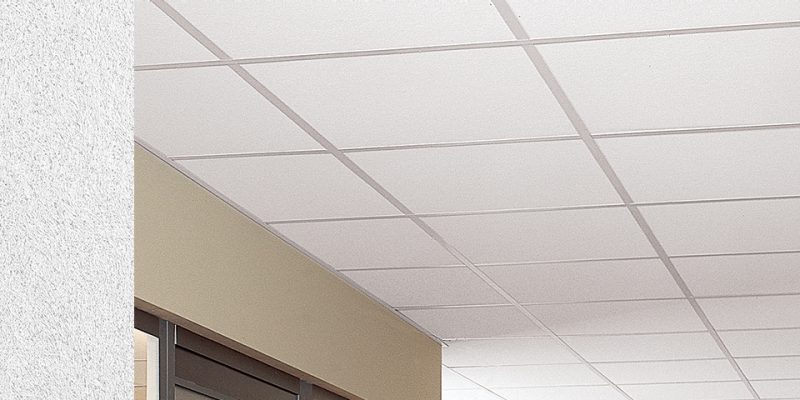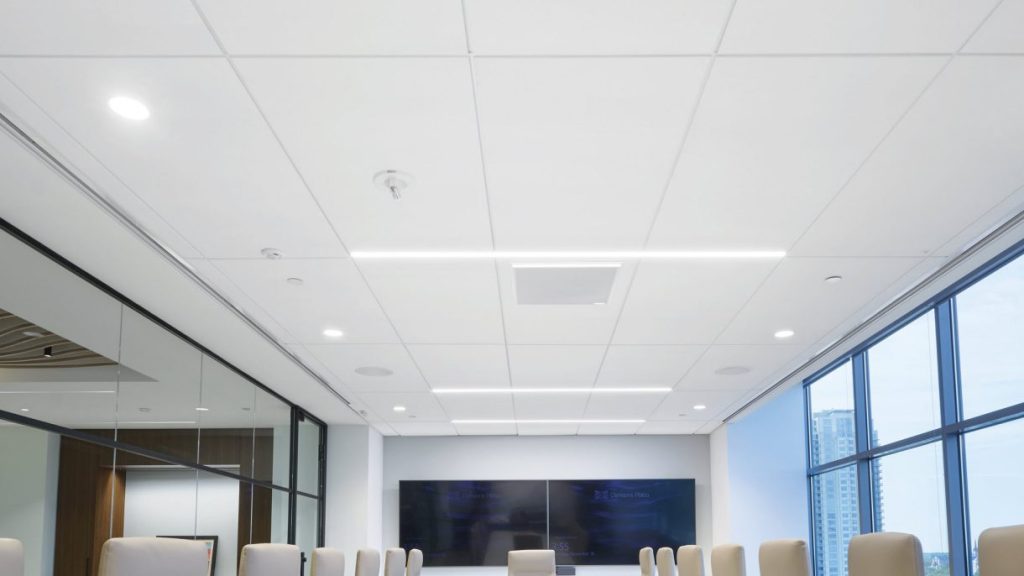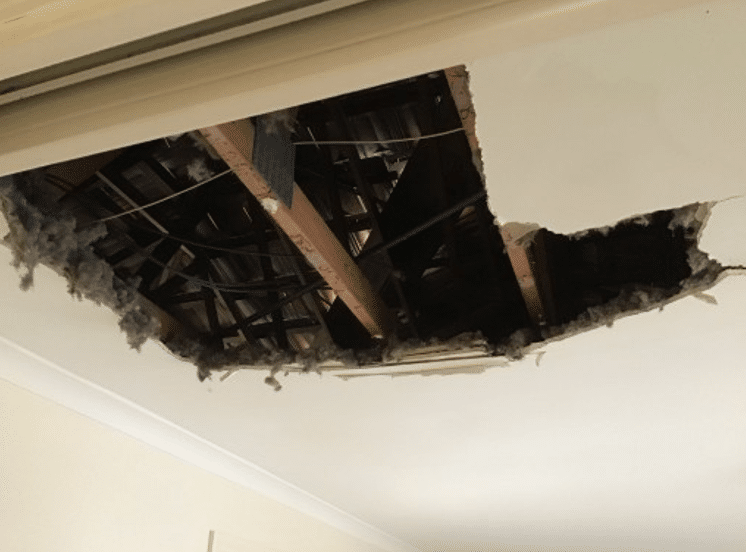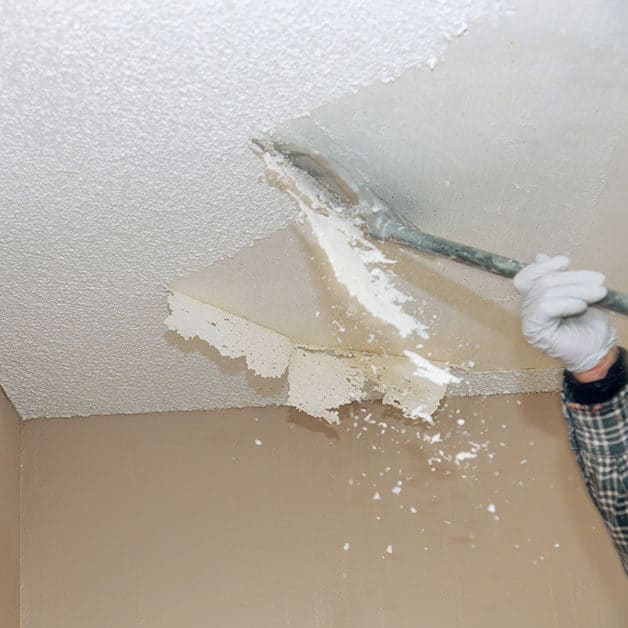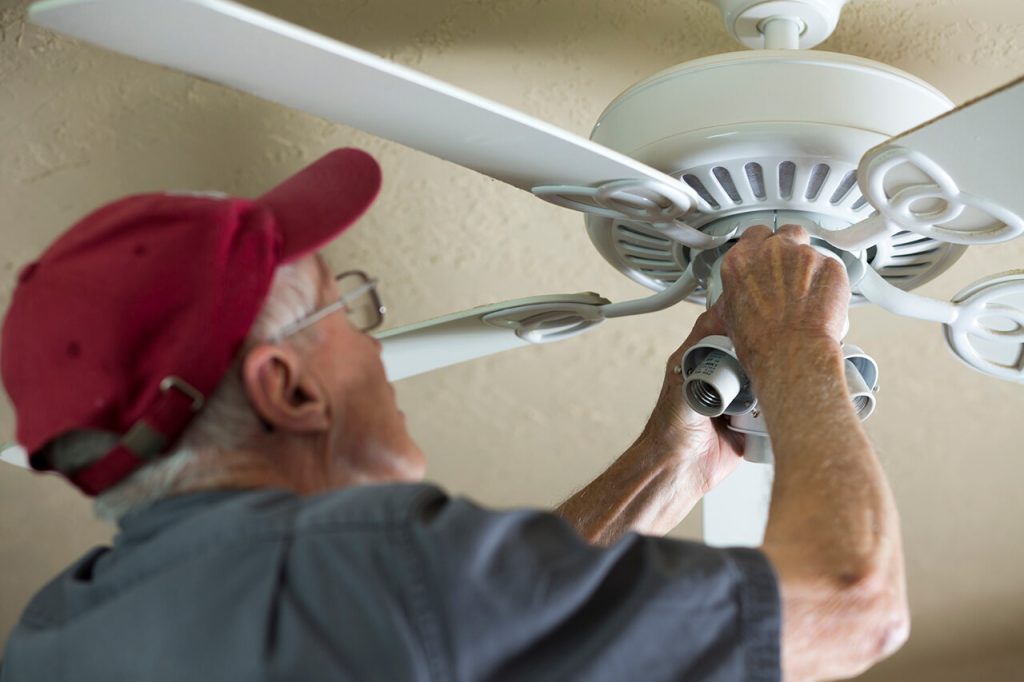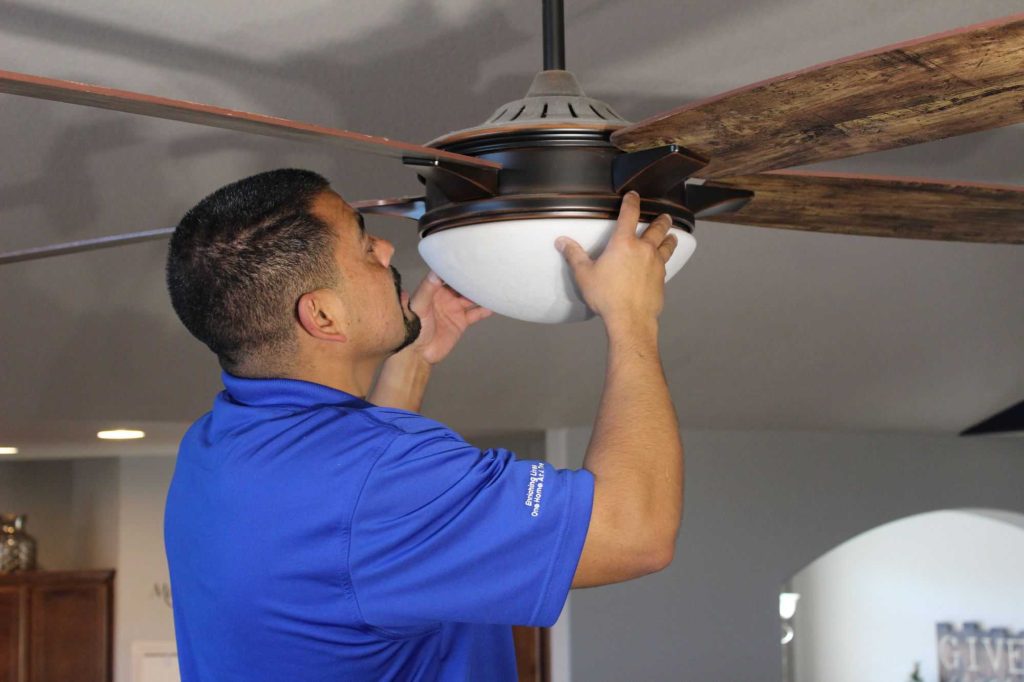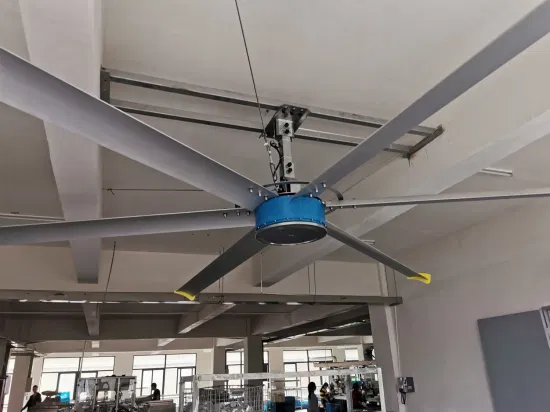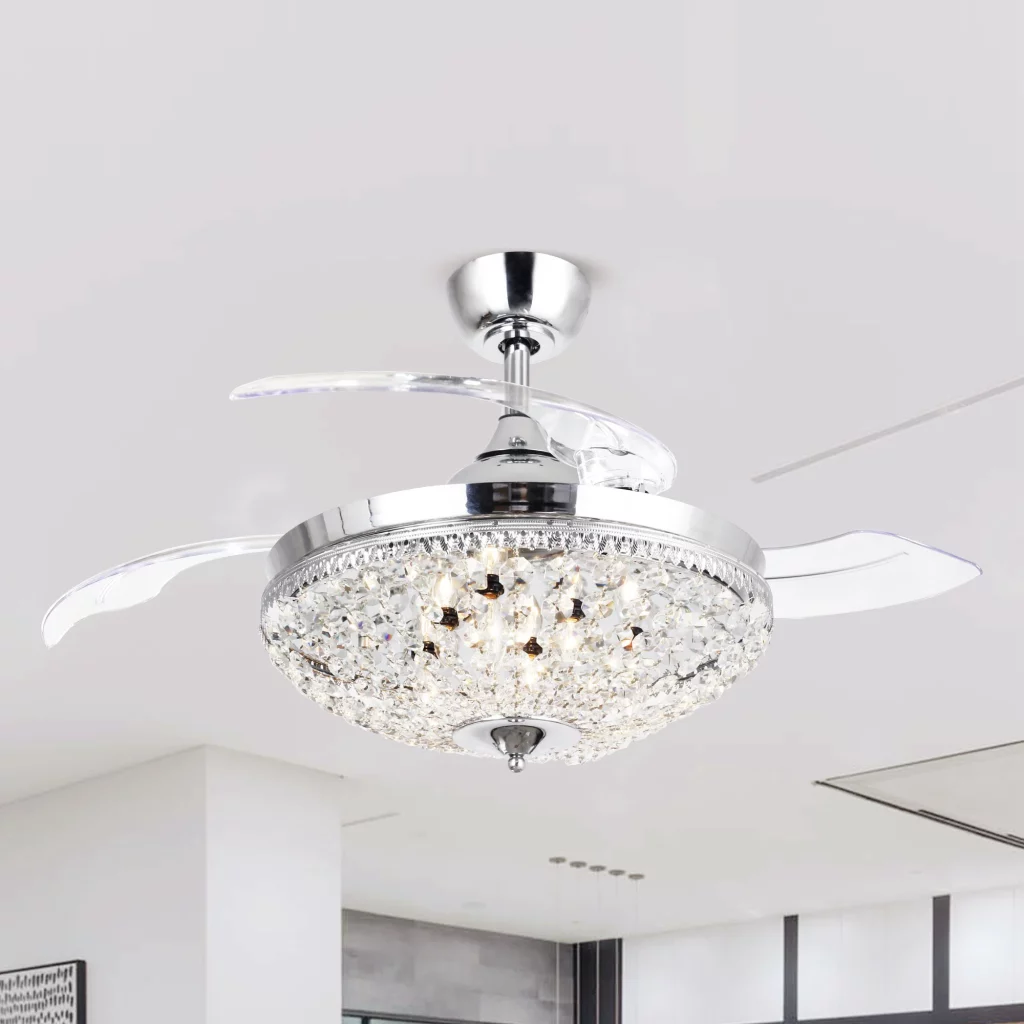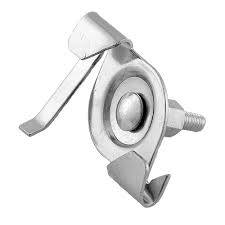Armstrong Grenoble 2×4 ceiling tiles are a popular choice for drop ceilings in both residential and commercial settings. They are made of mineral fiber, which is a durable and lightweight material that is resistant to moisture and sag. The tiles have a lightly textured finish that provides a subtle visual interest, and they are available in a variety of colors to match any décor.
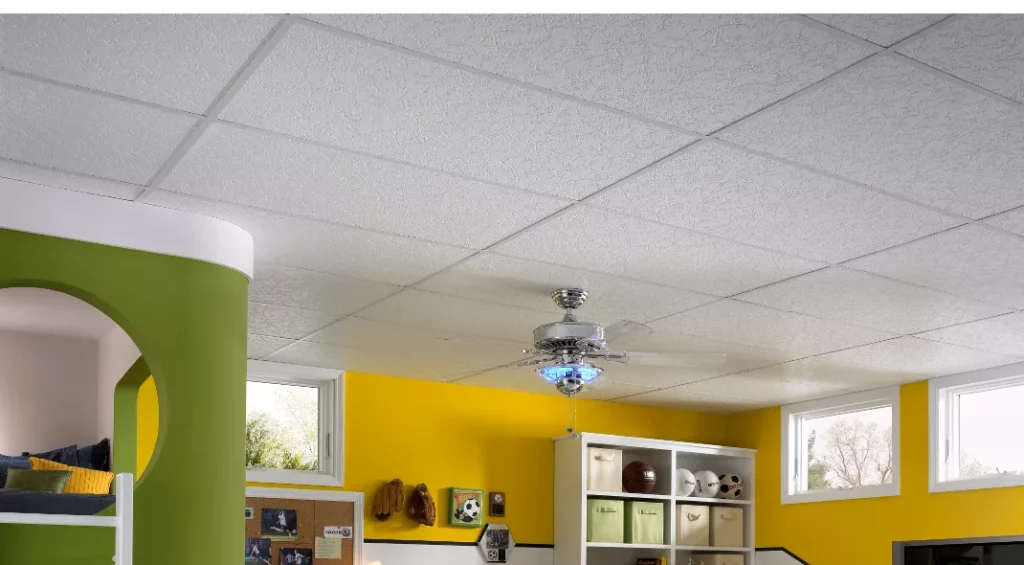
What are the benefits of using Armstrong Grenoble 2×4 ceiling tiles?
There are many benefits to using Armstrong Grenoble 2×4 ceiling tiles, including:
- Durability: Mineral fiber is a very durable material that is resistant to damage from moisture, sag, and mold. This makes Armstrong Grenoble ceiling tiles a good choice for areas that are prone to moisture, such as kitchens and bathrooms.
- Sound absorption: Armstrong Grenoble ceiling tiles have a noise reduction coefficient (NRC) of 0.50, which means that they absorb 50% of the sound that hits them. This makes them a good choice for areas where noise control is important, such as offices and classrooms.
- Light reflectance: Armstrong Grenoble ceiling tiles have a light reflectance value (LRV) of 80%, which means that they reflect 80% of the light that hits them. This makes them a good choice for areas where you want to maximize the amount of light, such as basements and attics.
- Fire resistance: Armstrong Grenoble ceiling tiles are fire-resistant and have a Class A fire rating. This means that they will not contribute to the spread of fire, making them a safe choice for any application.
How to install Armstrong Grenoble 2×4 ceiling tiles
Armstrong Grenoble 2×4 ceiling tile are easy to install. They can be installed in a standard 15/16″ suspended grid system. To install the tiles, simply place them in the grid and then push them up until they are flush with the grid.
Where to buy Armstrong Grenoble 2×4 ceiling tiles
Armstrong Grenoble 2×4 ceiling tile are available for purchase from a variety of retailers, including home improvement stores, online retailers, and specialty ceiling stores.
Read too: Exploring the Efficiency of Radiant Ceiling Heater Electric: A Comprehensive Guide
The Perfect Choice for Your Drop Ceiling
Armstrong Grenoble 2×4 ceiling tile are a popular choice for drop ceilings for a reason. They are durable, easy to install, and offer a variety of benefits, including sound absorption, light reflectance, and fire resistance. If you are looking for a high-quality ceiling tile for your drop ceiling, Armstrong Grenoble 2×4 ceiling tile are a great option.
